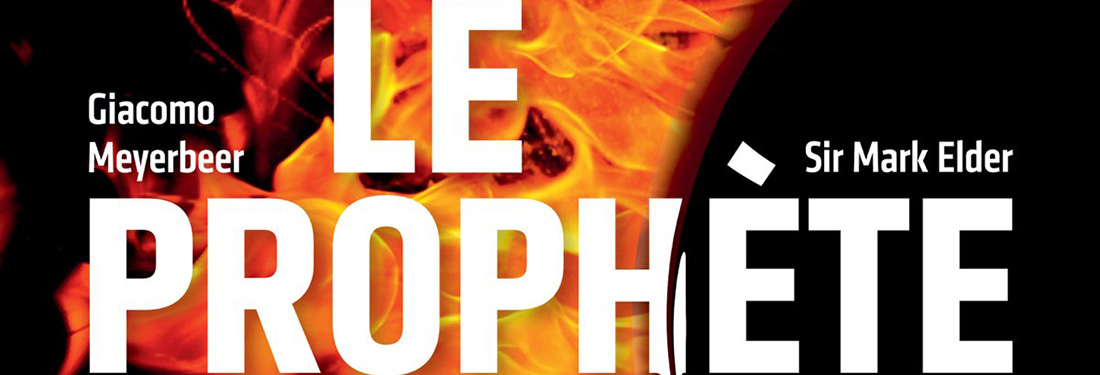
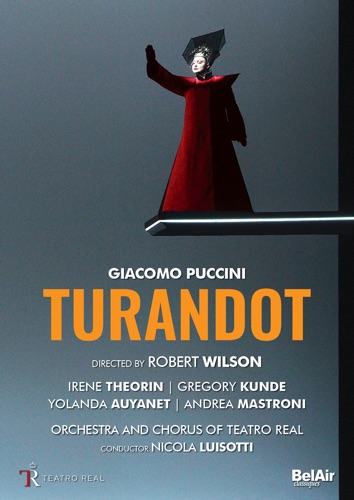
This acquaintance decided that since Plàcido Domingo was singing down at the Music Center she might as well go and see her first live opera with a real star. So, without a jot of research or preparation, she toddled down to the Dorothy Chandler Pavilion and bought herself a ticket. Which is how she ended up center orchestra for Wilson’s production of Richard Wagner’s Parsifal. Some of us went to see her once she was out of the ICU and able to receive visitors. The doctor’s said she’d make a full recovery but she was never really the same.
Wilson is many things: a visionary (certainly); an iconoclast, artist, director, and designer of sets, lighting, costumes, movement (and furniture). Yet his work is never boring (well, at least not intentionally). I find his mix of ritualistic gesture and gradations of light mesmerizing if not always as illuminating of the work at hand as perhaps he would hope. I’ve only experienced his productions via home video however and I have enjoyed relays of his interpretations of Gluck’s Alceste and Orphee et Eurydice as well as that aforementioned Butterfly. I remember seeing reviews and pictures in 2018 of his new production of Puccini’s Turandot in Madrid and I was really stunned by the images. Even though I’m a traditionalist at heart, and Turandot is definitely on my top 10 list of favorites. I’m always up for something new.
So I was excited when it was announced that our friends at Bel Air Classiques had decided to release the televised performance from the Teatro Real on DVD and Blu-ray disc. When it arrived I slipped the disc into my player, set my home theater sound system to “stun,” and braced myself on the couch. A good thing too.
I’ve literally never heard my sound system sing all night like it did for this performance. I’m going to call it a combination of a very excellent job of French Television TVE sound engineer Javier S. Chameleon coupled with the fact that the majority of the cast is completely inert all evening long, facing front, and therefore especially easy to capture.
Not a little credit also has to go to Nicola Luisotti and the Orchestra and Chorus of the Teatro Real. This is by far some of the most seductive conducting of Puccini’s final work I think I’ve ever heard. Maestro Luisotti takes some opulent rallentandos before the stating of some of the composer’s major themes which may sound like musical underlining but is surprisingly effective in context. Especially for someone like myself who’s so familiar with the score. Bewitching orchestral textures abound and he’s very attentive to his singers needs.
My one small critique is that the tempo of the handmaiden’s chorus is taken so fast that its snare drum accompaniment becomes almost martial and works against the mood. He does open up the cut in Act II with Ping, Pang, and Pong singing “O Tigre, o Tigre” that the Met keeps insisting on (and I’d love to know why) and he brings that act to a positively apocalyptic crescendo at its finale. You can even hear the organ in the closing bars rumbling up from below which is an amazing effect you usually only get in the theater..
The choral work is clear and direct and there’s a level of nuance in this performance that I think you normally miss because of the amount of movement the average chorrister in Turandot is asked to do in Act I. In the opening bars the exclamations from the crowd are given a particularly rough delivery and the invocation to the moon is everything it should be. A bravura performance deserving of the highest praise.
The supporting roles are all cast from strength starting with Gerardo Bullón as a very imposing Mandarin.
The three masks; Ping – Joan Martín-Royo, Pang – Vicenç Esteve, and Pong – Juan Antonio Sanabria, are perhaps the most persuasive trio I’ve heard in these roles. There are certain characteristics to a really good comprimario voice that are unique and these three men have them in spades. Most especially Mr. Esteve’s Pang who gets the highest lines in the ensembles and has an almost oboe-ish timbre that’s unique and immediately draws in the ear.
Andrea Mastroni is the Timur and although he’s made up as the old king he’s obviously not the usual veteran bass about to be put out to pasture that we normally get. It’s enough that he looks the part and he sings with authority and a strong line, which is a nice change.
I’m sorry to report that the Liu, Yolanda Auyanet, is problematic. It’s a solid voice and she certainly knows how to phrase but the performance feels perfunctory and mechanical. Perhaps it’s the unintentional side effect of standing stock still almost all evening. Sadly the voice isn’t particularly beautiful either and doesn’t hold any special magic above the staff. We all know that through a combination of pathos and vocal skill a good Liu can walk away with the whole evening. Her “Signore, ascolta” in Act I doesn’t even elicit applause, which is far harsher than anything I can say here.
Now there’s a curious thing that happens to some singers in the Indian summer of their careers. They reach a level of technical skill that allows them to sing anything they may like regardless of the suitability of their voice to the role. I have been a fan of Gregory Kunde for a very long time. His exquisite Gerald in Lakmé recorded with Natalie Dessay from 1998 and his extraordinary live Aeneas in Les Troyens from the Châtelet in Paris five years later were landmarks.
He was a bel canto singer of the first rank and nearly unrivaled in his repertory. Making the jump from Rossini’s Otelloto Verdi’s has taken a toll I’m afraid. Mr. Kunde is 64 years old. While the voice is certainly well managed the tone is often parched, particularly above the staff, and even betrays its age in quieter passages when the tone loosens. There’s a big difference between hitting the notes and singing them.
Meanwhile, in an apt juxtaposition we have the venerable bel canto specialist Raul Gimenez literally dropping in from the flies to sing the role of the Emperor Altoum while suspended over the cast. I hope he was getting combat pay because he’s apparently got rock solid nerves. Only two years older than his tenor colleague, he still commands the skills and the tone that brought him recognition.
Which brings us to our current Principessa di Morte, Ms. Irene Theorin. This is only my second time hearing this great Wagnerian soprano and I think her qualities are well represented here. A substantial voice, evenly produced, with a rich upper middle. She makes her silent entrance in Act I gliding out on a neon trimmed gangplank stage right high above the chorus to give the fatal signal to the executioner. It’s a real jawdropper and there’s a reason why it ended up as the cover art for the release. I hope she’s getting combat pay as well.
Ms. Theorin slides on again, this time at stage level, in Act II for the riddle scene. She sings “In questa reggia” with a good amount of nuance and attention to dynamics but also like she’s a little allergic to the highest notes. She exhibits good breath and phrasing in the riddles. In Act III however, like many a soprano, you can tell she’s found her footing. During “Dal primo pianto” she really starts giving the performance you want.
The voice is not only imposing but there’s an ease of amplitude that continues to grow. By the time she reaches her first “So il tuo nome!” it thunders out into the theater so hard you can actually hear it echo back. Gooseflesh. It’s also at this moment that our director drops the spotlight on Calaf so that only Turandot is visible, center stage for the remainder of the opera. Even as the chorus assembles behind her in darkness and she sings the final phrases it’s obvious to the viewer that she won’t be needing that Prince much.
Which brings me to some of the other idiosyncrasies of Mr. Wilson’s staging. The soloists and the chorus take single steps forward and back during ‘”Gira la cote!” which is a surprisingly effective way to indicate larger mass movement. He does allow the chorus to congregate stage left for the finale of Act I in spite of the composer’s directions to have them remain offstage. Calaf points stage left three times and someone in the pit strikes the gong.
Now I’m going to say something I never thought I would about a Robert Wilson production. The three ministers, Ping, Pang, and Pong simply have far too much stage movement. It also seems like it should be more closely synchronized to the music except that a lot of it doesn’t actually align to what’s happening in the score. Act II Scene I is a missed opportunity. There’s a group of soldiers standing upstage and nothing else for the whole scene. At, “Ho una casa nell’Honan” where Mr. Wilson could really work a little of the stage magic we know he’s capable of we get nothing. During “In questa reggia” they pantomime far too much about how they’re falling asleep on each other and then being startled awake by the high notes which is completely unnecessary.
Mr. Wilson’s set designs are of his usually restrained variety and he didn’t waste a lot of money on props either. The Act III garden of the palace is represented by a ferocious abstract tangle which is something David Hockney already did and far better.
Liu dies from no apparent action to her person and then falls asleep standing up in the Thai dance style. Her follow spot then changes color and her spirit goes walkabout rather than have her body carried off by the chorus. Oh and the big kiss between Calaf and Turandot is thrown, literally, which is another challenge to Mr. Wilson’s signature staging style I was waiting for him to surmount.
Costumes by Jacques Reynaud are mostly traditional-ish, if monochromatic, in Mr. WIlson’s usual choices of blue and black.. Turandot gets an appropriately dramatic smock in bright red with a black net headdress that for once hasn’t any dangling bits to distract. Timur, Calaf, and Liu are outsiders so they’re got up in white padding (face and hands too) in the style of the terracotta warriors in Xi’an. Lined up together downstage however they more closely resemble a condiment set in a tacky Chinese restaurant. Mr. Kunde’s costume does him no favors. Conical hats abound.
Picture and sound, as I’ve mentioned, are top-notch and if you’re a fan of Mr. WIlson’s work I’d say this is worth acquiring for the mostly compelling musical performance and fresh, if eccentric, staging.

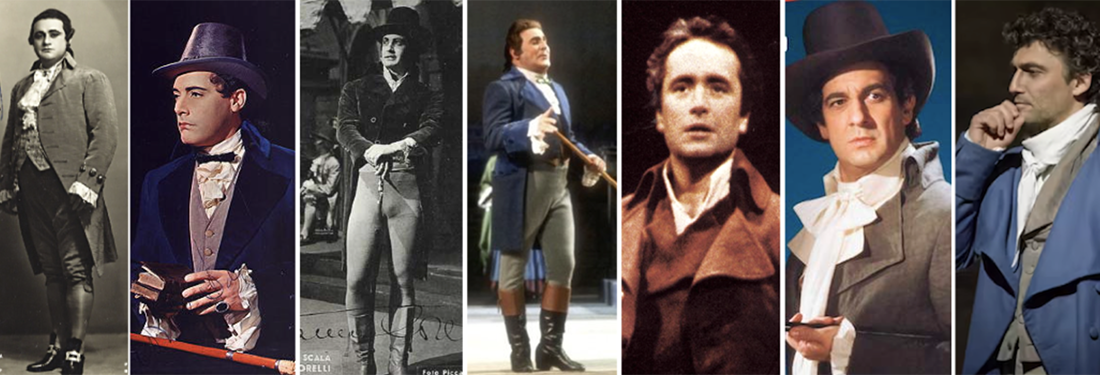
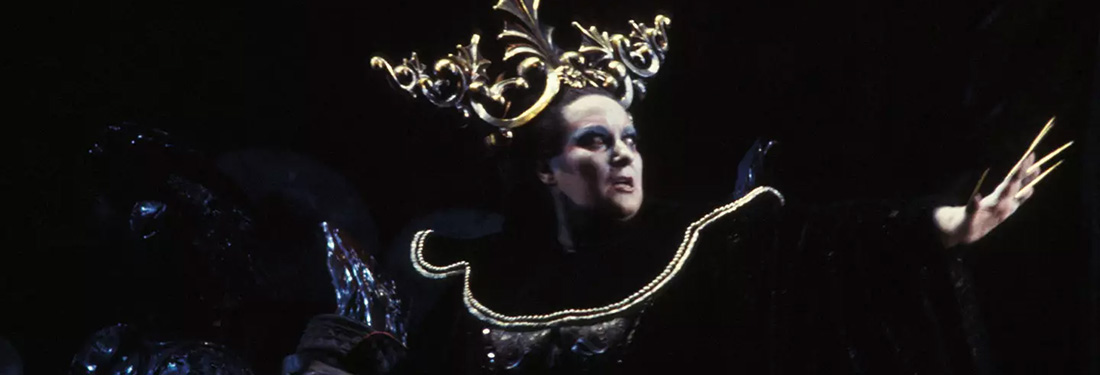
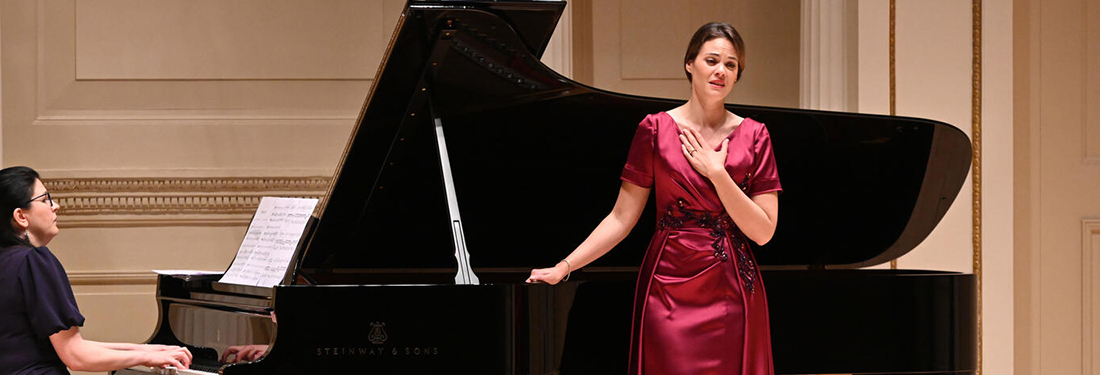

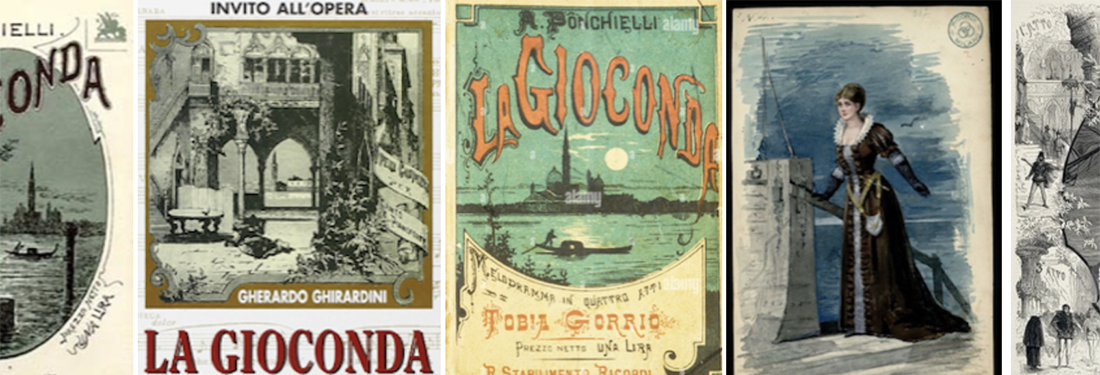
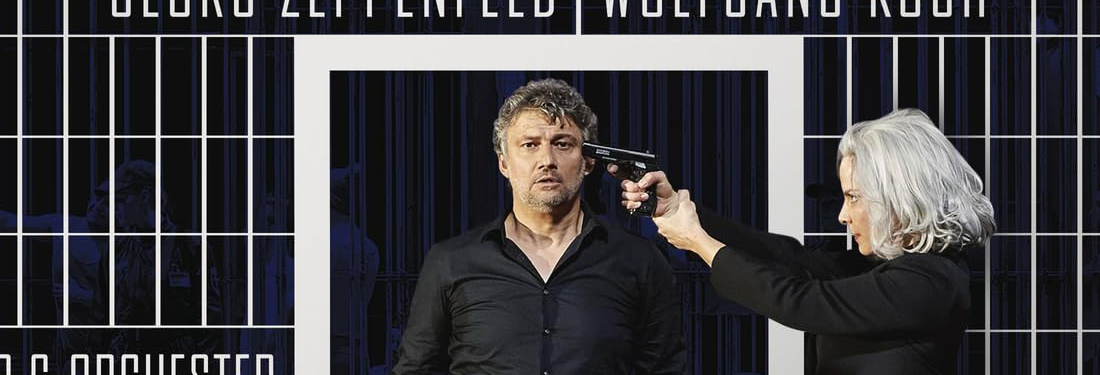
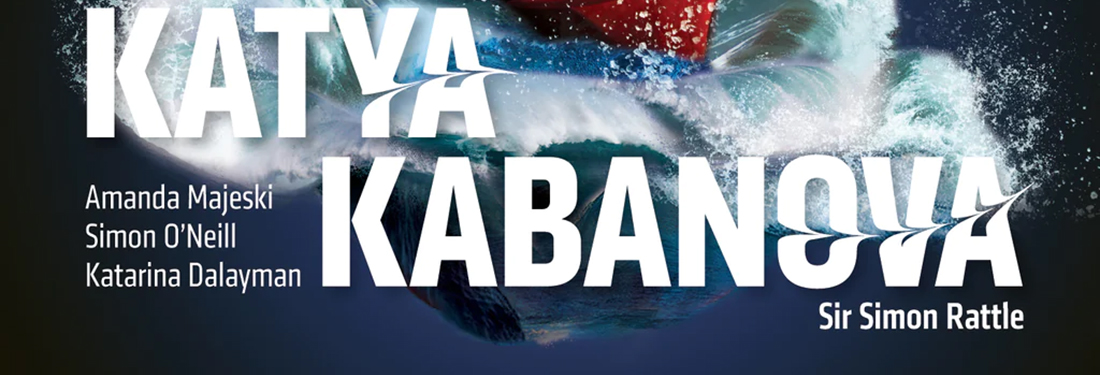
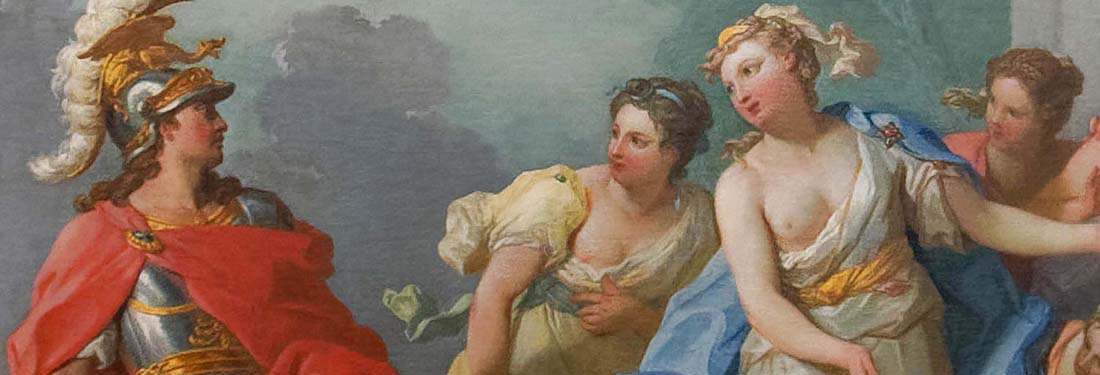
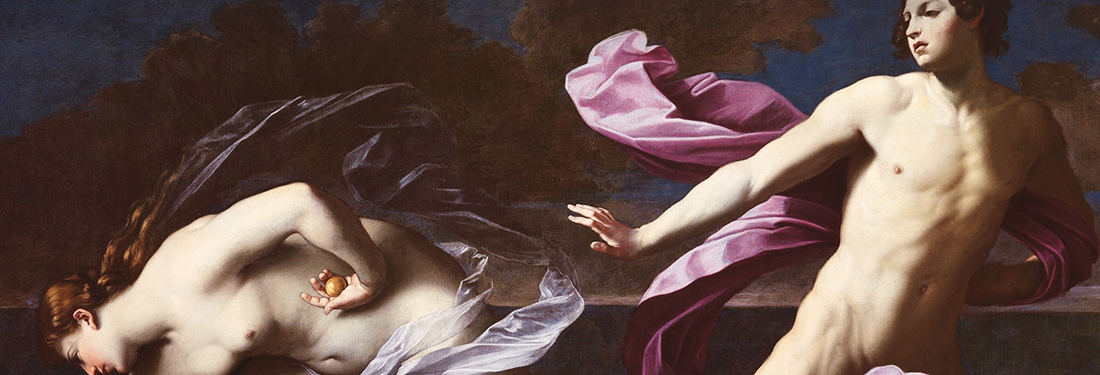
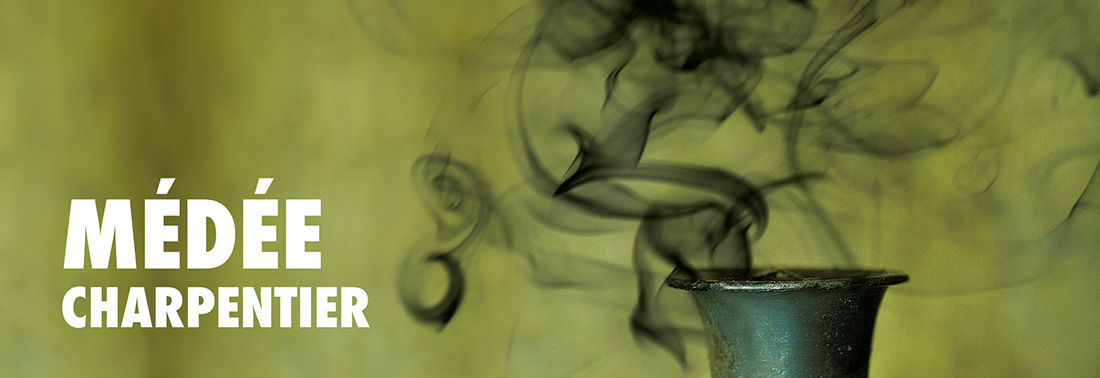
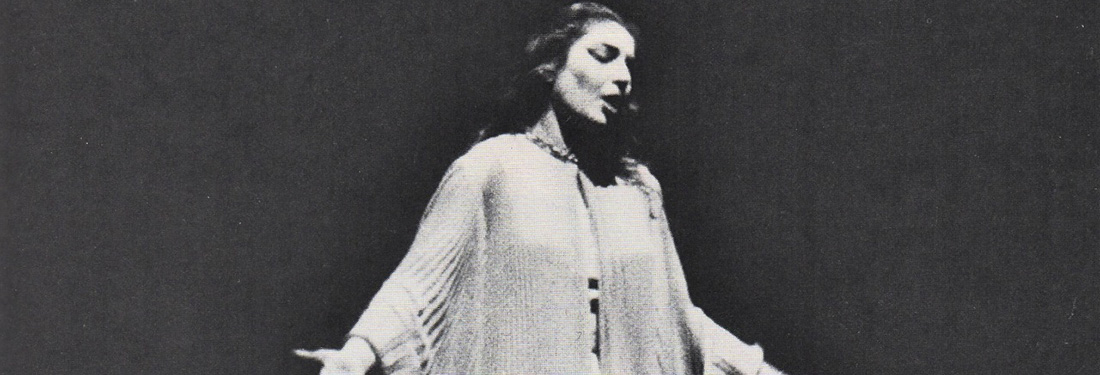
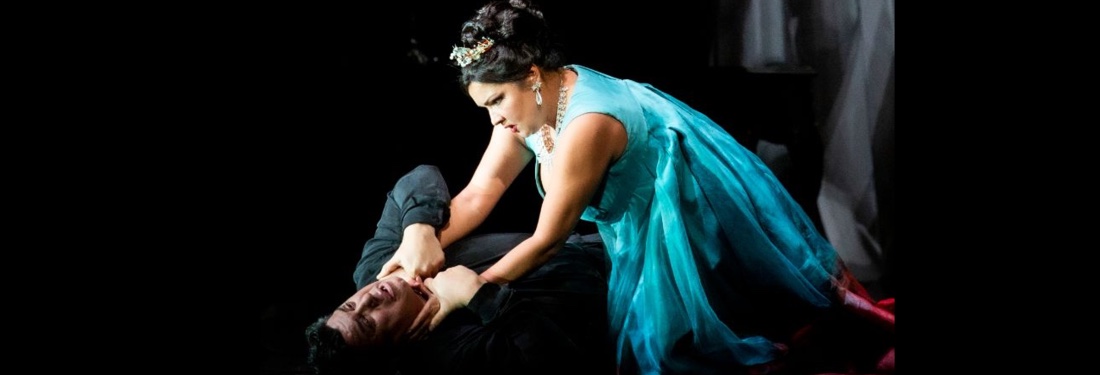







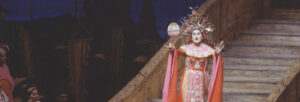
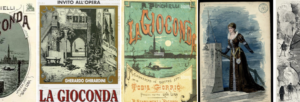



Comments